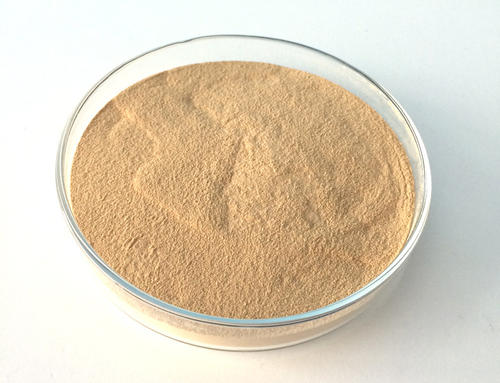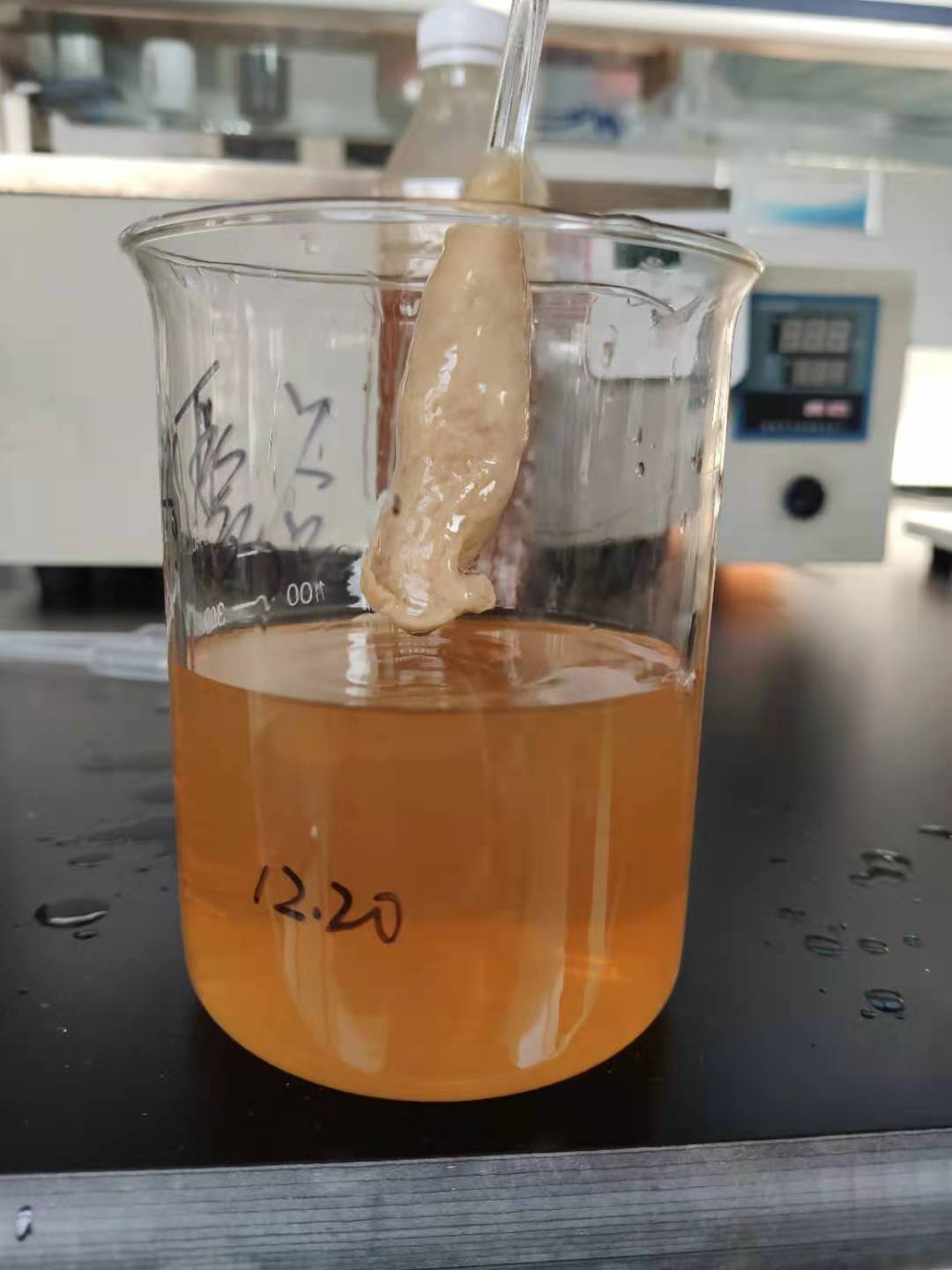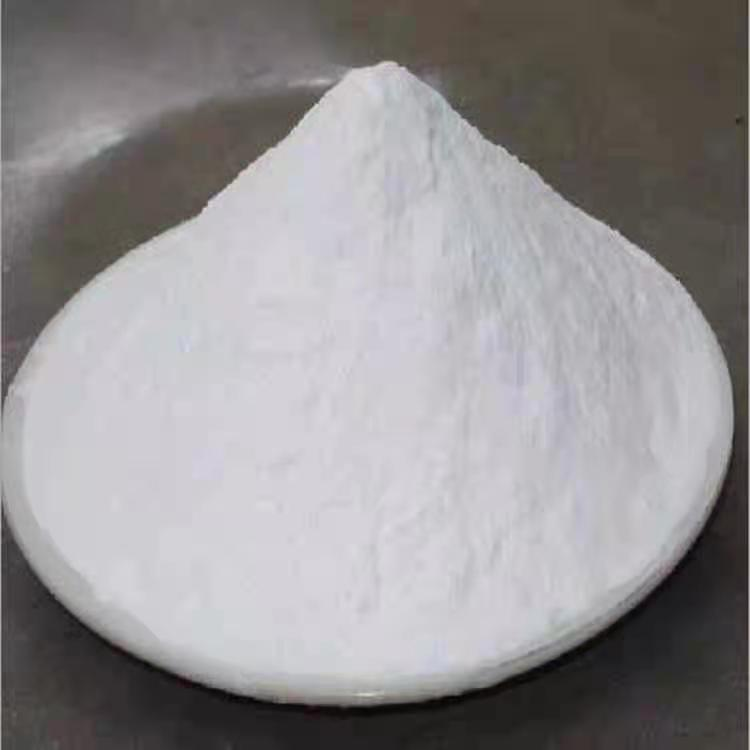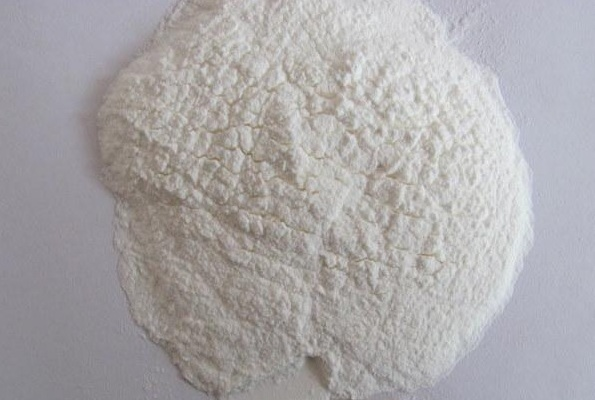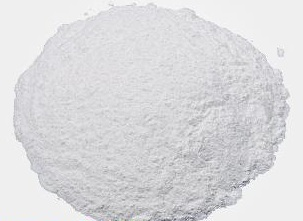Products
Contact Us
Tel: 86-632-8999262
Fax: 86-632-8999268
MP/Wechat/Whatsapp: 8613563208832
E-mail: sdjienuoanna@hotmail.com
E-mail: annajienuoenzyme@hotmail.com
E-mail: sdjienuo@163.com
Add: No.22 Chang Jiang Road, Economic Development Zone, Zaozhuang City, Shandong Province, China
Cellulase
Cellulase is widely present in organisms in nature. Bacteria, fungi, and animals can all produce cellulase. Cellulase generally used in production comes from fungi, typical examples being the genera Trichoderma, Aspergillus, and Penicillium.
Keywords:
Details
Product Performance Introduction
Cellulase is widely found in organisms in nature. Bacteria, fungi, and animals can all produce cellulase. Cellulase used in production generally comes from fungi, typical examples being the genera *Trichoderma*, *Aspergillus*, and *Penicillium*. Cellulase is a multi-enzyme complex produced by fungal fermentation. Its main activity is cellulase, which can cleave β- -1,4- glycosidic bonds within cellulose molecules, producing small cellulose molecules with non-reducing ends. It is particularly suitable for addition to animal feed to exert its performance. It can also supplement the deficiency of endogenous enzymes in animals, stimulate the secretion of endogenous enzymes, degrade plant cell walls to better release nutrients, and facilitate digestion and absorption by herbivores.
Cellulase is suitable for high-fiber diets such as grain feed, eliminating antinutritional factors and increasing gastrointestinal absorption; it can effectively improve grain energy metabolism, increase feed value, promote endogenous enzyme diffusion, help achieve the enzymatic process, thereby increasing animal weight; it can also improve the relationship between the gut microbiota, reduce the viscosity of the digestive tract, increase the content of soluble substances, promote the growth of beneficial microorganisms, and improve the nutritional value of feed; at the same time, cellulase can also improve the metabolic level of the animal body and increase the body's immunity.
Product Introduction
Cellulase: 10 Ten thousand u/g (Powder) 20 Ten thousand u/g (Powder)
Instructions for Use
Cellulase can be used in ruminant diets, pig diets, rabbit diets, and chicken diets.
Animal Feed Corn, Barley, Soybean Meal Wheat, Mixed Meals Alfalfa, Barley Mixed Grains |
Poultry and Rabbit Feed 100g/t 120g/t 150g/t 120g/t (Chicken, Duck, Goose, etc.) |
Ruminant Feed 190g/t |
Pig Feed 180g/t Aquaculture Feed 120g/t |
Packaging and Storage
Standard Packaging: 25 Kilogram sealed bucket
Store in a dry place at room temperature. It is recommended to store below 20 ℃ for optimal results. The annual activity loss should not exceed 10%。
Precautions
This product is non-flammable and can be mixed with water in any proportion. Please wear protective measures (masks, glasses, etc.) during operation to avoid direct inhalation and allergic skin contact. If accidentally in eyes, please rinse immediately.
Get a free quote
Please fill in your contact information and your needs, and we will arrange a professional to contact you!

